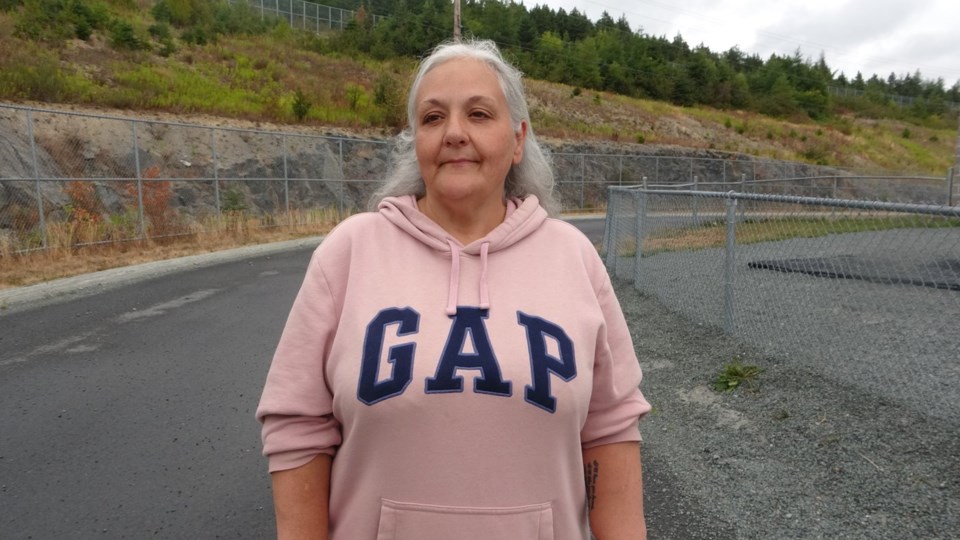CARBONEAR — Lisa Hogan hasn't seen her home in Western Bay, N.L., for about three weeks, but she's been told it's still standing.
She and her sister have been sleeping at a school that was turned into a wildfire evacuation centre in nearby Carbonear.
"We can't even think how it's going to look when we enter Kingston, going down to Western Bay, where most of the homes are gone," Hogan said.
Hogan is among approximately 2,100 people in eastern Newfoundland who were driven from their homes this month by a wildfire spreading along the northwestern shore of Conception Bay, about 45 kilometres northwest of St. John's.
Like the others living at the school, Hogan said they have been told to brace themselves for their eventual return home: Western Bay and some towns around it may be unrecognizable.
The wildfire, which first began Aug. 3 near Kingston, has scarred landscapes and changed communities, destroying nearly 200 homes and other structures along a 15-kilometre stretch of coastline in the area known as Conception Bay North, or the north shore.
Western Bay was hit particularly hard. More than 80 structures there were lost, officials have said. The town is home to roughly 395 people living in 195 dwellings, according to Newfoundland and Labrador's community accounts data.
"The school's gone, the post office gone, everything's gone," Hogan added. "A lot of people aren't going back. But I'm going back and so is my sister. That's our hometown. We'll build up."
On Sunday, the only road along the coast was still barricaded at either end of the fire. Near Perry's Cove, at the southern end of the road closure, there was no sign of smoke or damage at the roadblock.
But in Northern Bay, at the other end of the road closure, the devastation was visible. Smoke streamed upward from the smouldering earth on the north side of Tussle's Tote, a large hill just south of the barricade. Charred black trees formed a jagged horizon line against the sky as helicopters flew overhead.
"It's horrific," said Eugene Howell, who was allowed to return to his home in Northern Bay on Saturday. Howell lives just past of the edge of the fire. His house was spared, as was his mother's. His cousins lost their home, their gardens and their flower shop.
Howell can see the burnt face of the hill and the scorched land behind it from his front window.
"It's like you're going to wake up, like it's a dream," he said in an interview. "If it had jumped across the (river), the whole shore down here — right down the bay — would have been gone.
"The biggest fear for a lot of us is that a lot of people will not build back," he added. "It's going to take years, maybe, to clean it up ... they might have a billion dollars for housing and but you can't find people to do the work — electricians, carpenters, plumbers."
He said he also worried the emotional toll of the devastation will be too much for people, particularly the seniors in the area.
Howell, a photographer, has documented what the north shore used to look like and said he hopes the images might help people remember the rich history of its centuries-old fishing villages, heritage structures and coastlines. He intends to compile the images in a book to sell as a fundraiser for the North Shore Volunteer Fire Department, he added.
Hogan also hopes the sense of community in the area will survive, and even encourage people to return and rebuild.
"It's home," she said. "Everyone knows everybody, if you need something, a door fixed, someone will come and do it. Everybody is close."
This report by The Canadian Press was first published Aug. 26, 2025.
Sarah Smellie, The Canadian Press




